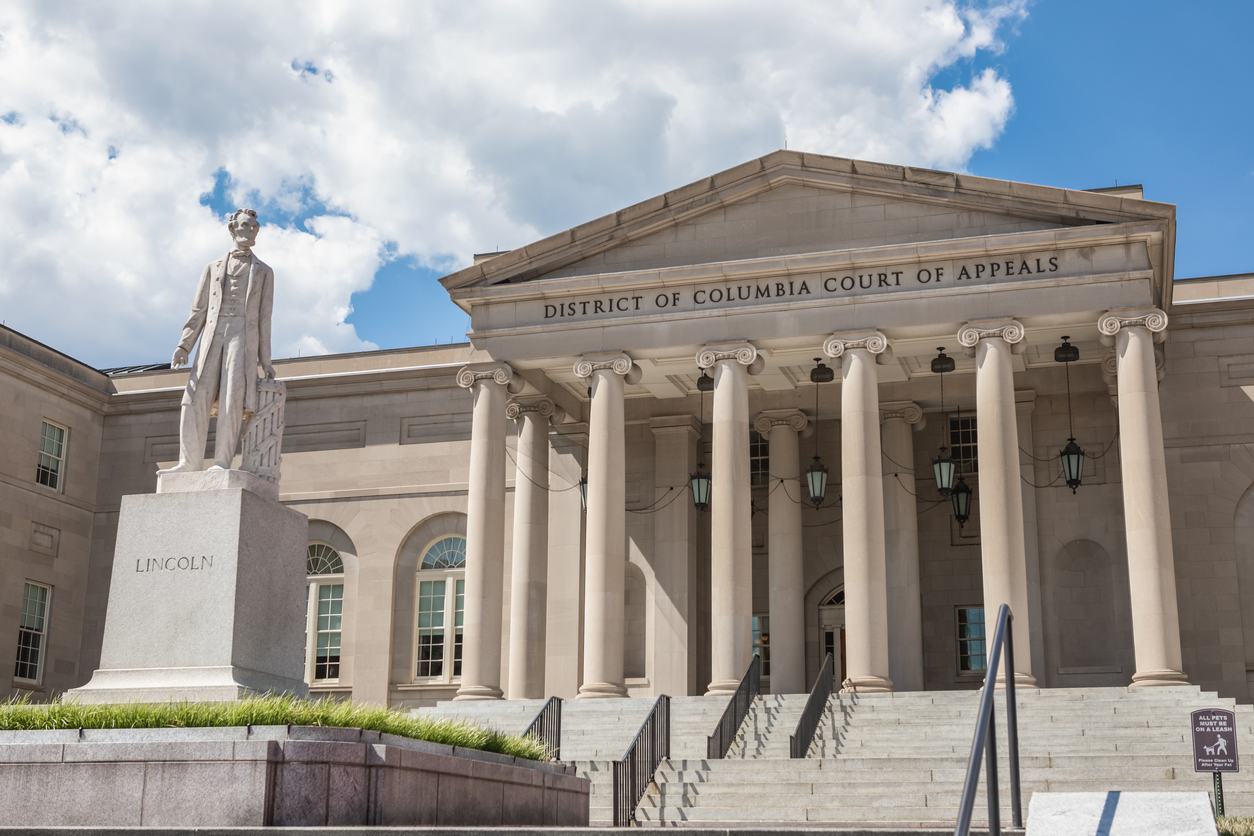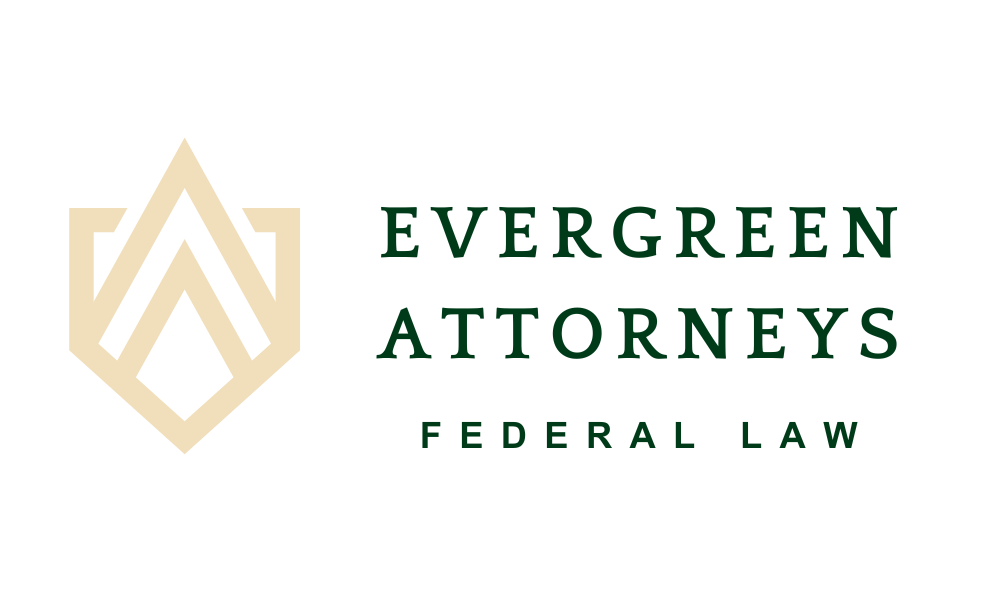Share
Share

If you have been convicted in federal court and believe a serious legal or constitutional error occurred, you may have heard about filing a motion under 28 U.S.C. § 2255. Commonly called a “2255 motion,” this is one of the most important tools available for challenging a federal conviction or sentence after the direct appeal has been exhausted.
But filing a 2255 motion isn’t as simple as just telling the court you disagree with your sentence. You have to follow the Rules Governing Section 2255 Proceedings, which were established by the U.S. Supreme Court to ensure that these post-conviction cases are handled fairly. Understanding what these rules are and why they matter can help you file a 2255 motion with confidence and clarity.
What Is a Motion Under 28 U.S.C. § 2255?
A 2255 motion is a type of federal habeas corpus petition. Technically, this legal tool acts as a motion to vacate, set aside, or correct a sentence filed in the same federal court where the conviction occurred.
You can file a 2255 motion if:
- Your sentence was imposed in violation of the Constitution or laws of the United States,
- The court lacked jurisdiction,
- The sentence was greater than the maximum allowed by law, or
- The sentence is otherwise subject to collateral attack.
Unlike a direct appeal, which deals with errors visible on the trial record, a 2255 motion can bring up facts outside the record. This may include newly discovered evidence or claims of ineffective assistance of counsel.
What Are the Rules Governing Section 2255 Proceedings?
The Rules Governing Section 2255 Proceedings were adopted in 1976 and are periodically updated by the U.S. Supreme Court. They apply to all motions filed under § 2255 and set the structure for everything from initial filings to evidentiary hearings to final rulings.
Rules Governing Section 2255 Proceedings:
Rule 1. Scope
This rule explains who can file a 2255 motion. This applies to people in federal custody who believe there was something wrong with their conviction or sentence.
- “(a) Cases Involving a Petition under 28 U.S.C. § 2254. These rules govern a petition for a writ of habeas corpus filed in a United States district court under 28 U.S.C. § 2254 by:
- (1) a person in custody under a state-court judgment who seeks a determination that the custody violates the Constitution, laws, or treaties of the United States; and
- (2) a person in custody under a state-court or federal court judgment who seeks a determination that future custody under a state-court judgment would violate the Constitution, laws, or treaties of the United States.
- (b) Other Cases. The district court may apply any or all of these rules to a habeas corpus petition not covered by Rule 1(a).”
Rule 2. The Petition
The motion must clearly state the legal reasons for relief, the facts supporting those reasons, and what the person is asking the court to do. This must be in writing, signed, and follow a specific form.
- “(a) Current Custody; Naming the Respondent. If the petitioner is currently in custody under a state-court judgment, the petition must name as respondent the state officer who has custody
- (b) Future Custody; Naming the Respondents and Specifying the Judgment. If the petitioner is not yet in custody – but may be subject to future custody – under the state-court judgment being contested, the petition must name as respondents both the officer who has current custody and the attorney general of the state where the judgment was entered. The petition must ask for relief from the state-court judgement being contested.
- (c) Form. The petition must:
- (1) specify all the grounds for relief available to the petitioner;
- (2) state the facts supporting each ground;
- (3) state the relief requested;
- (4) be printed, typewritten, or legibly handwritten; and
- (5) be signed under penalty of perjury by the petitioner or by a person authorized to sign it for the petitioner under 28 U.S.C. § 2242.
- (d) Standard Form. The petition must substantially follow either the form appended to these rules or a form prescribed by a local district-court rule. The clerk must make forms available to petitioners without charge.
- (e) Separate Petitions for Judgments of Separate Courts. A petitioner who seeks relief from judgments of more than one state court must file a separate petition covering the judgment or judgments of each court.”
Rule 3. Filing the Petition; Inmate Filing
The motion must be filed in the same court that issued the sentence. Inmates can meet deadlines by using their prison’s legal mail system.
- “(a) Where to File; Copies; Filing Fee. An original and two copies of the petition must be filed with the clerk and must be accompanied by:
- (1) the applicable filing fee, or
- (2) a motion for leave to proceed in forma pauperis, the affidavit required by 28 U.S.C. § 1915, and a certificate from the warden or other appropriate officer of the place of confinement showing the amount of money or securities that the petitioner has in any account in the institution..
- (b) Filing. The clerk must file the petition and enter it on the docket.
- (c) Time to File. The time for filing a petition is governed by 28 U.S.C. § 2244(d).
- (d) Inmate Filing. A paper filed by an inmate confined in an institution is timely if deposited in the institution’s internal mailing system on or before the last day for filing. If an institution has a system designed for legal mail, the inmate must use that system to receive the benefit of this rule. Timely filing may be shown by a declaration in compliance with 28 U.S.C. § 1746 or by a notarized statement, either of which must set forth the date of deposit and state that first-class postage has been prepaid.”
Rule 4. Preliminary Review; Serving the Petition and Order
A judge will first review the motion to see if it clearly should be dismissed. If not, the court will require a response from the government.
- “The clerk must promptly forward the petition to a judge under the court’s assignment procedure, and the judge must promptly examine it. If it plainly appears from the petition and any attached exhibits that the petitioner is not entitled to relief in the district court, the judge must dismiss the petition and direct the clerk to notify the petitioner. If the petition is not dismissed, the judge must order the respondent to file an answer, motion, or other response within a fixed time, or to take other action the judge may order. In every case, the clerk must serve a copy of the petition and any order on the respondent and on the attorney general or other appropriate officer of the state involved.”
Rule 5. The Answer and the Reply
The government must answer the motion if the judge requires it. The person filing can also reply to that answer.
- “(a) When Required. The respondent is not required to answer the petition unless a judge so orders.
- (b) Contents: Addressing the Allegations; Stating a Bar. The answer must address the allegations in the petition. In addition, it must state whether any claim in the petition is barred by a failure to exhaust state remedies, a procedural bar, non- retroactivity, or a statute of limitations.
- (c) Contents: Transcripts. The answer must also indicate what transcripts (of pretrial, trial, sentencing, or post-conviction proceedings) are available, when they can be furnished, and what proceedings have been recorded but not transcribed. The respondent must attach to the answer parts of the transcript that the respondent considers relevant. The judge may order that the respondent furnish other parts of existing transcripts or that parts of untranscribed recordings be transcribed and furnished. If a transcript cannot be obtained, the respondent may submit a narrative summary of the evidence.
- (d) Contents: Briefs on Appeal and Opinions. The respondent must also file with the answer a copy of:
- (1) any brief that the petitioner submitted in an appellate court contesting the conviction or sentence, or contesting an adverse judgment or order in a post-conviction proceeding;
- (2) any brief that the prosecution submitted in an appellate court relating to the conviction or sentence; and
- (3) the opinions and dispositive orders of the appellate court relating to the conviction or the sentence
- (e) Reply. The petitioner may file a reply to the respondent’s answer or other pleading. The judge must set the time to file unless the time is already set by local rule.”
Rule 6. Discovery
Discovery is only allowed with the judge’s permission and must be justified. A lawyer can be appointed to help if needed.
- “(a) Leave of Court Required. A judge may, for good cause, authorize a party to conduct discovery under the Federal Rules of Civil Procedure and may limit the extent of discovery. If necessary for effective discovery, the judge must appoint an attorney for a petitioner who qualifies to have counsel appointed under 18 U.S.C. § 3006A.
- (b) Requesting Discovery. A party requesting discovery must provide reasons for the request. The request must also include any proposed interrogatories and requests for admission, and must specify any requested documents.
- (c) Deposition Expenses. If the respondent is granted leave to take a deposition, the judge may require the respondent to pay the travel expenses, subsistence expenses, and fees of the petitioner’s attorney to attend the deposition.”
Rule 7. Expanding the Record
The judge may allow extra materials like letters, documents, or sworn statements to be added to the record to help decide the case.
- “(a) In General. If the petition is not dismissed, the judge may direct the parties to expand the record by submitting additional materials relating to the petition. The judge may require that these materials be authenticated.
- (b) Types of Materials. The materials that may be required include letters predating the filing of the petition, documents, exhibits, and answers under oath to written interrogatories propounded by the judge. Affidavits may also be submitted and considered as part of the record.
- (c) Review by the Opposing Party. The judge must give the party against whom the additional materials are offered an opportunity to admit or deny their correctness.”
Rule 8. Evidentiary Hearing
If the judge decides a hearing is needed, they will schedule one. An attorney must be appointed for qualifying defendants.
- “(a) Determining Whether to Hold a Hearing. If the petition is not dismissed, the judge must review the answer, any transcripts and records of state-court proceedings, and any materials submitted under Rule 7 to determine whether an evidentiary hearing is warranted.
- (b) Reference to a Magistrate Judge. A judge may, under 28 U.S.C. § 636(b), refer the petition to a magistrate judge to conduct hearings and to file proposed findings of fact and recommendations for disposition. When they are filed, the clerk must promptly serve copies of the proposed findings and recommendations on all parties. Within 14 days after being served, a party may file objections as provided by local court rule. The judge must determine de novo any proposed finding or recommendation to which objection is made. The judge may accept, reject, or modify any proposed finding or recommendation.
- (c) Appointing Counsel; Time of Hearing. If an evidentiary hearing is warranted, the judge must appoint an attorney to represent a petitioner who qualifies to have counsel appointed under 18 U.S.C. § 3006A. The judge must conduct the hearing as soon as practicable after giving the attorneys adequate time to investigate and prepare. These rules do not limit the appointment of counsel under § 3006A at any stage of the proceeding.”
Rule 9. Second or Successive Petitions
A second or successive § 2255 motion requires certification by the U.S. Court of Appeals.
- “Before presenting a second or successive petition, the petitioner must obtain an order from the appropriate court of appeals authorizing the district court to consider the petition as required by 28 U.S.C. § 2244(b)(3) and (4).”
Rule 10. Powers of a Magistrate Judge
Magistrate judges may perform duties assigned by the district judge, such as holding evidentiary hearings.
- “A magistrate judge may perform the duties of a district judge under these rules, as authorized under 28 U.S.C. § 636.”
Rule 11. Certificate of Appealability; Time to Appeal
A COA is required to appeal. The district judge must issue or deny it when entering a final order.
- “(a) Certificate of Appealability. The district court must issue or deny a certificate of appealability when it enters a final order adverse to the applicant. Before entering the final order, the court may direct the parties to submit arguments on whether a certificate should issue. If the court issues a certificate, the court must state the specific issue or issues that satisfy the showing required by 28 U.S.C. § 2253(c)(2). If the court denies a certificate, the parties may not appeal the denial but may seek a certificate from the court of appeals under Federal Rule of Appellate Procedure 22. A motion to reconsider a denial does not extend the time to appeal.
- (b) Time to Appeal. Federal Rule of Appellate Procedure 4(a) governs the time to appeal an order entered under these rules. A timely notice of appeal must be filed even if the district court issues a certificate of appealability.”
Rule 12. Applicability of the Federal Rules of Civil and Criminal Procedure
Unless they conflict with 2255 rules, normal federal court rules can apply to these proceedings.
- “The Federal Rules of Civil Procedure, to the extent that they are not inconsistent with any statutory provisions or these rules, may be applied to a proceeding under these rules.”
Why These Rules Matter
The rules governing 2255 proceedings are more than just guidelines, they are binding and critical. Courts will routinely dismiss petitions that don’t comply with the rules, even if the petitioner might have a valid constitutional claim, which is why it’s essential to work with experienced federal lawyers who understand the habeas rules, timelines, and procedural traps that could derail a legitimate challenge.
Frequently Asked Questions About 2255 Rules
2255 motions can involve complex legal procedures and statutes, making them feel complicated to those not well versed in federal law. It is completely understandable to have questions when navigating a habeas motion. Here are some of the most common questions we hear from clients:
How Long Do I Have to File a 2255 Motion?
Generally, you must file within one year from the date your conviction becomes final, but there are exceptions in limited cases (such as newly discovered evidence or a retroactive constitutional ruling).
Will the Court Hold a Hearing?
Not necessarily. A hearing is only required if the motion raises a disputed issue of fact that needs resolving. Otherwise, the judge can rule on the papers alone.
What Happens if My 2255 Motion Is Denied?
You may appeal, but you’ll need a certificate of appealability (COA). The judge will issue or deny this in the final ruling. If denied, you can ask the Court of Appeals to issue one.
The Value of a Federal Criminal Defense Lawyer
The rules governing 2255 proceedings are full of technical and procedural requirements that can confuse even experienced attorneys in other areas of law. Your motion may be dismissed not because your claim lacks merit, but because you didn’t raise it the right way, in the right format, or at the right time.
At Evergreen Attorneys, our federal criminal defense lawyers have helped clients across the country file successful 2255 motions, whether the issue is ineffective assistance of counsel, a wrongful sentence, or newly discovered facts. We handle every case with the urgency and precision it deserves. We know how high the stakes are, and we know how to get results.
Talk to a Federal Habeas Lawyer Today
If you’re considering filing a motion under 28 U.S.C. § 2255 or want to learn more about your post-conviction options, don’t wait. The federal habeas lawyers at Evergreen Attorneys are here to help. We offer confidential consultations and represent clients in 2255 proceedings nationwide.
Call us today at (303) 948-1489 or get in touch by email [email protected] to schedule your consultation and protect your rights.
David Boyer
It was David’s passion for the law and helping others that led him to becoming an attorney. He particularly enjoys appellate and post-conviction work.
David is proud to offer representation nationwide from his office in Plano, Texas.
STAY IN THE LOOP
Subscribe to our free newsletter.
By John Kruzel October 20, 202511:35 [...]








